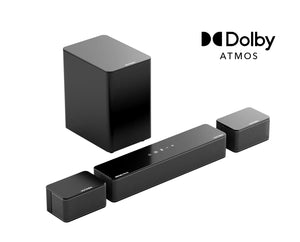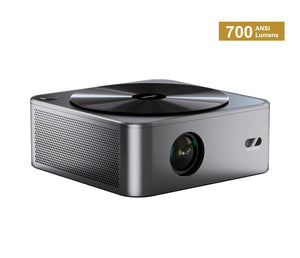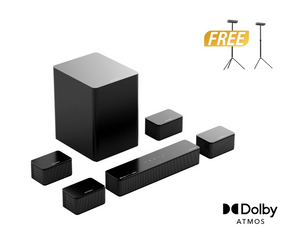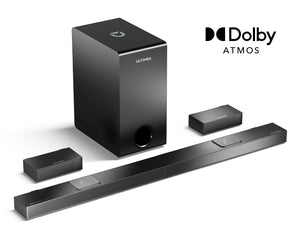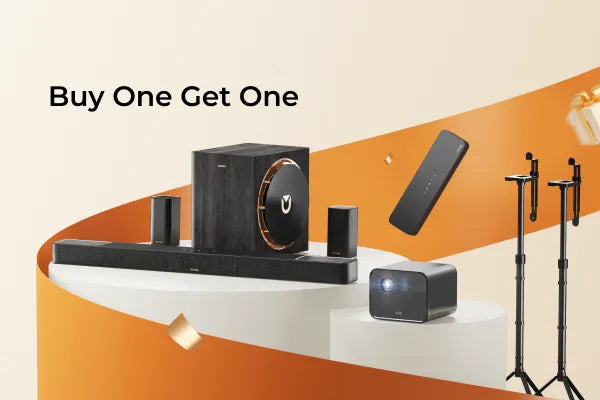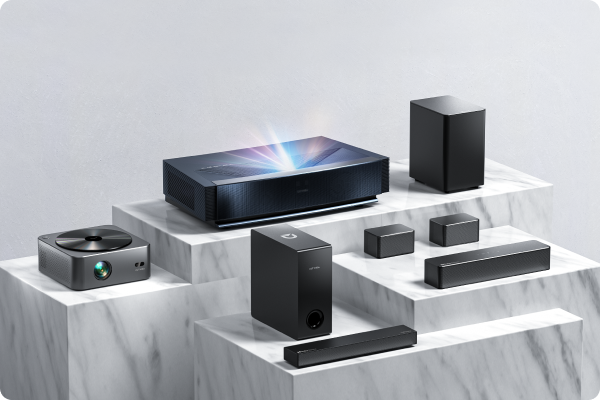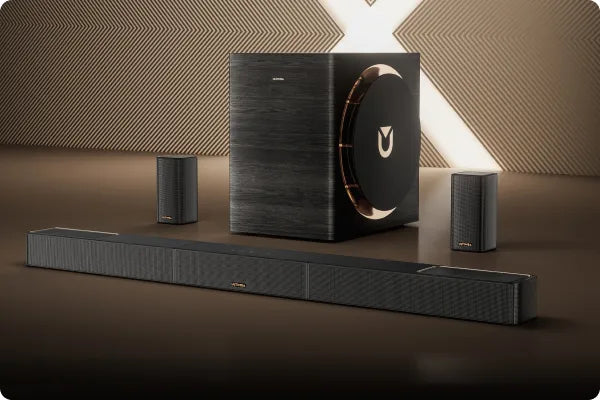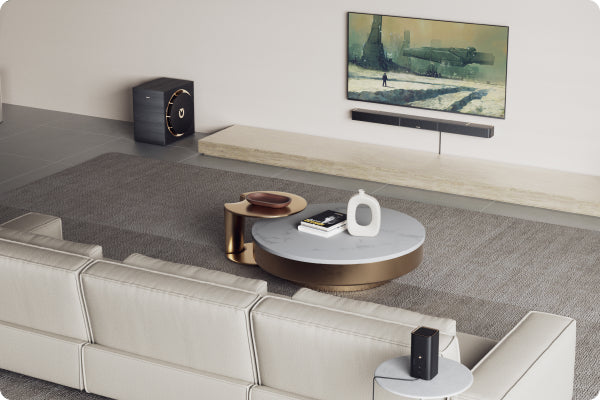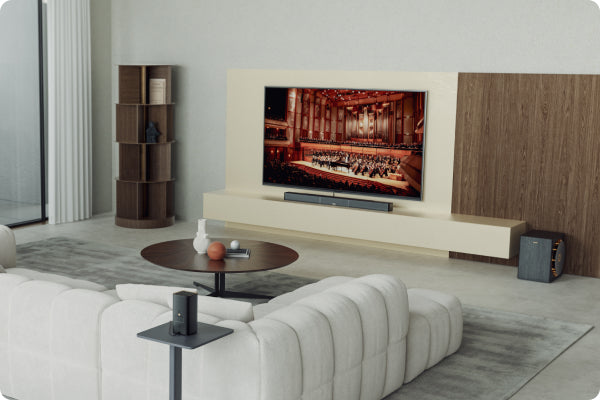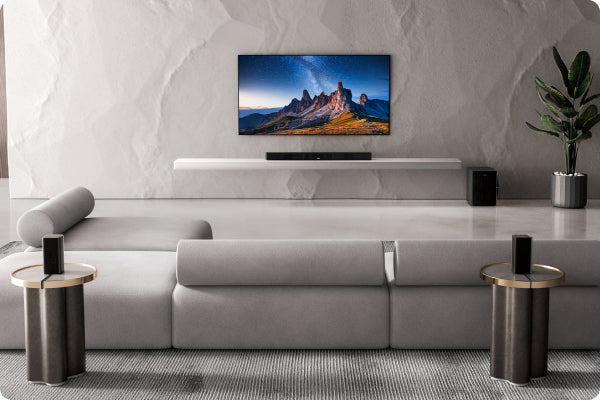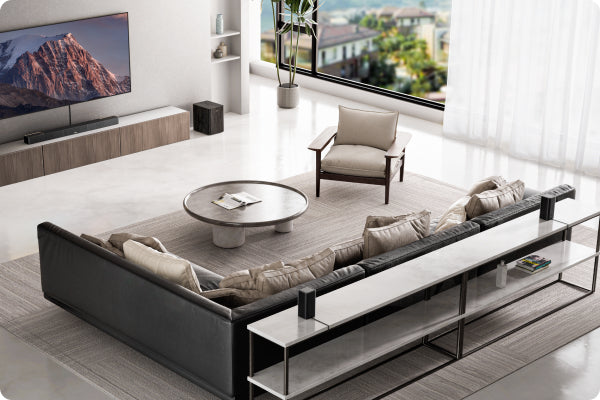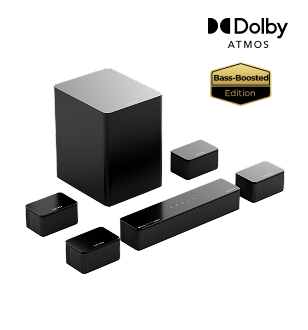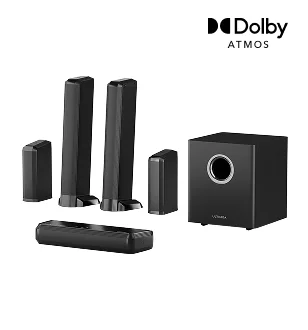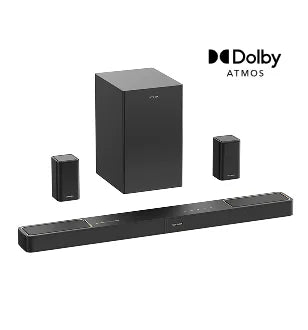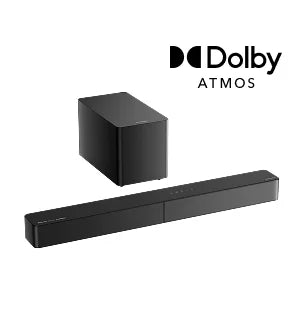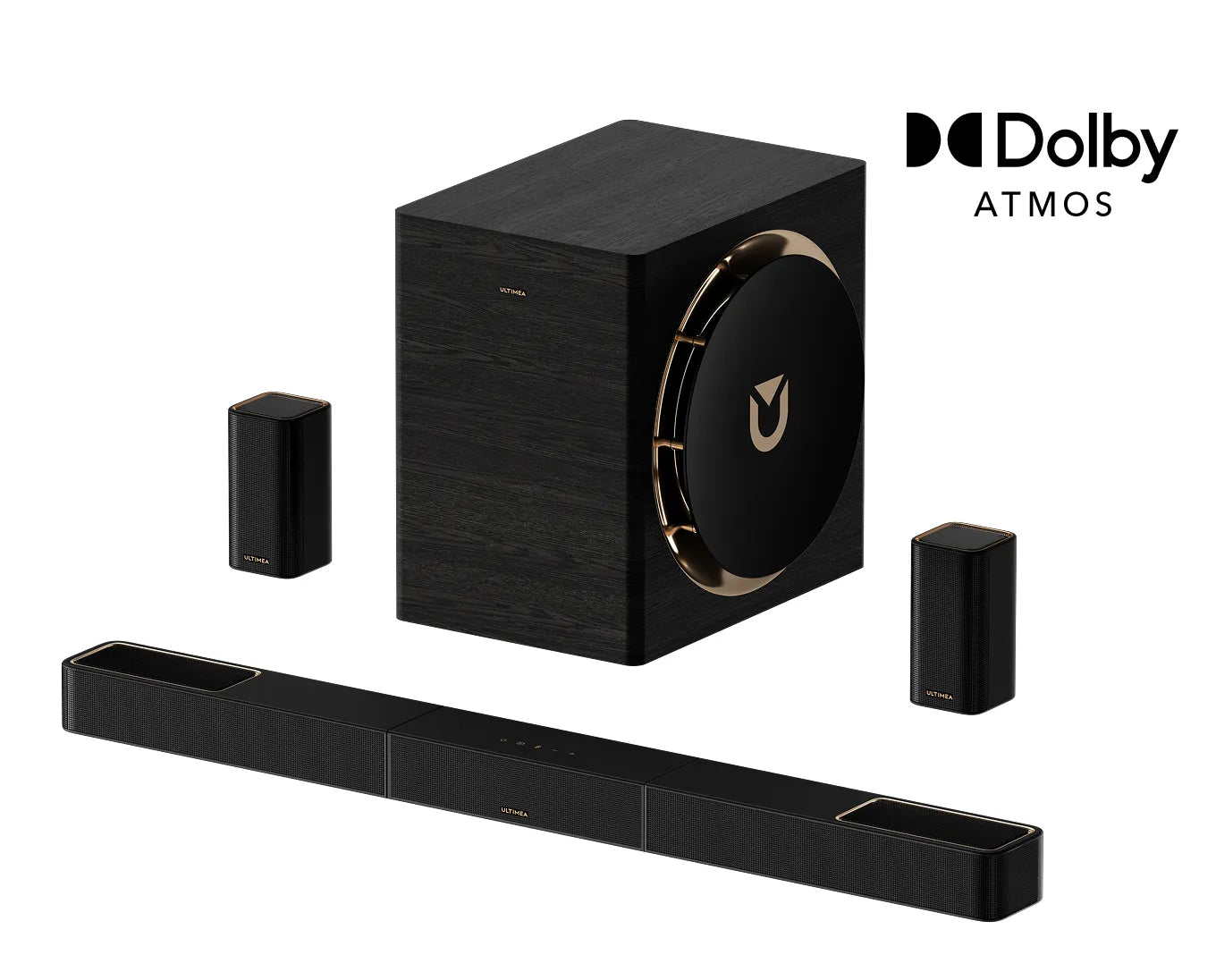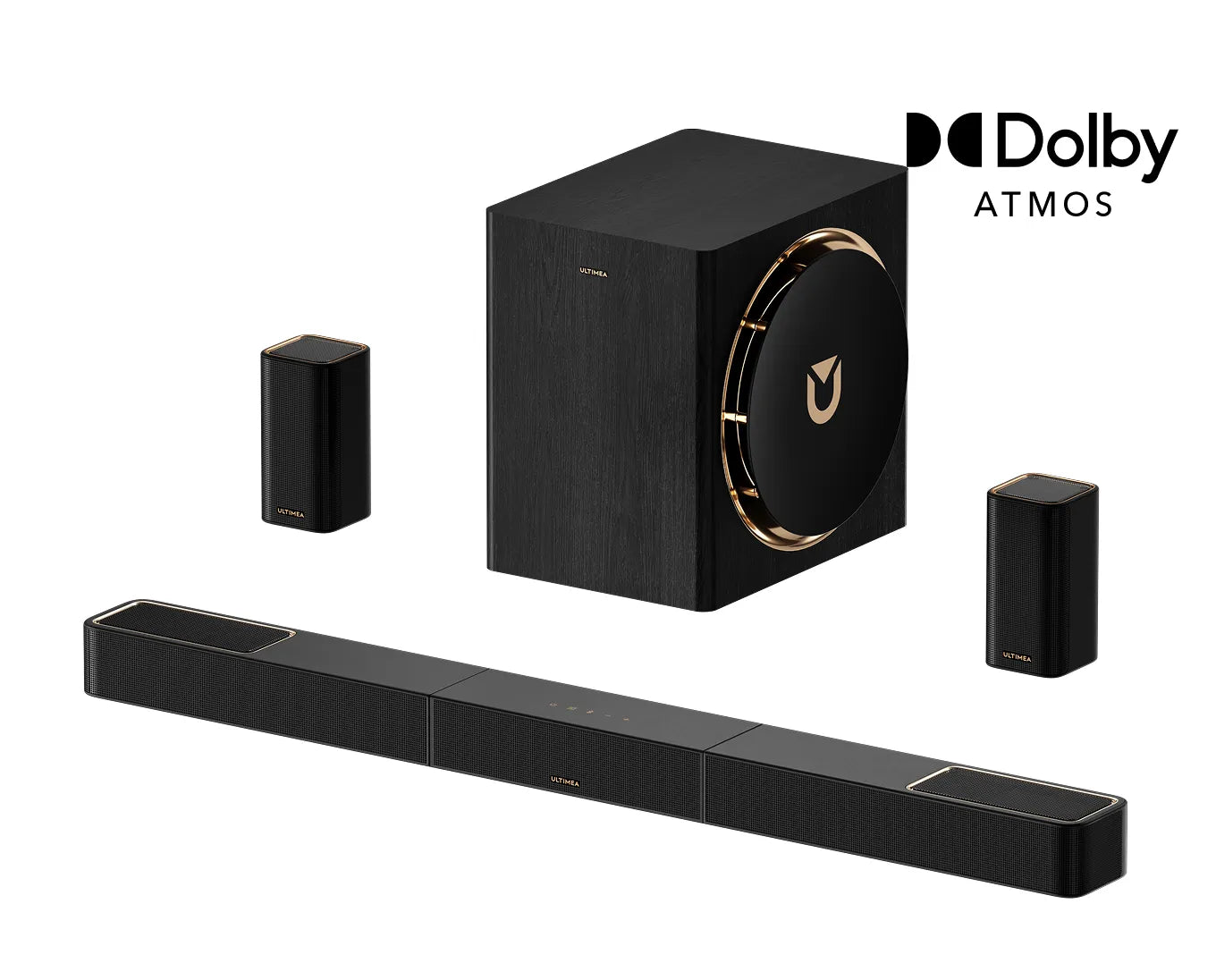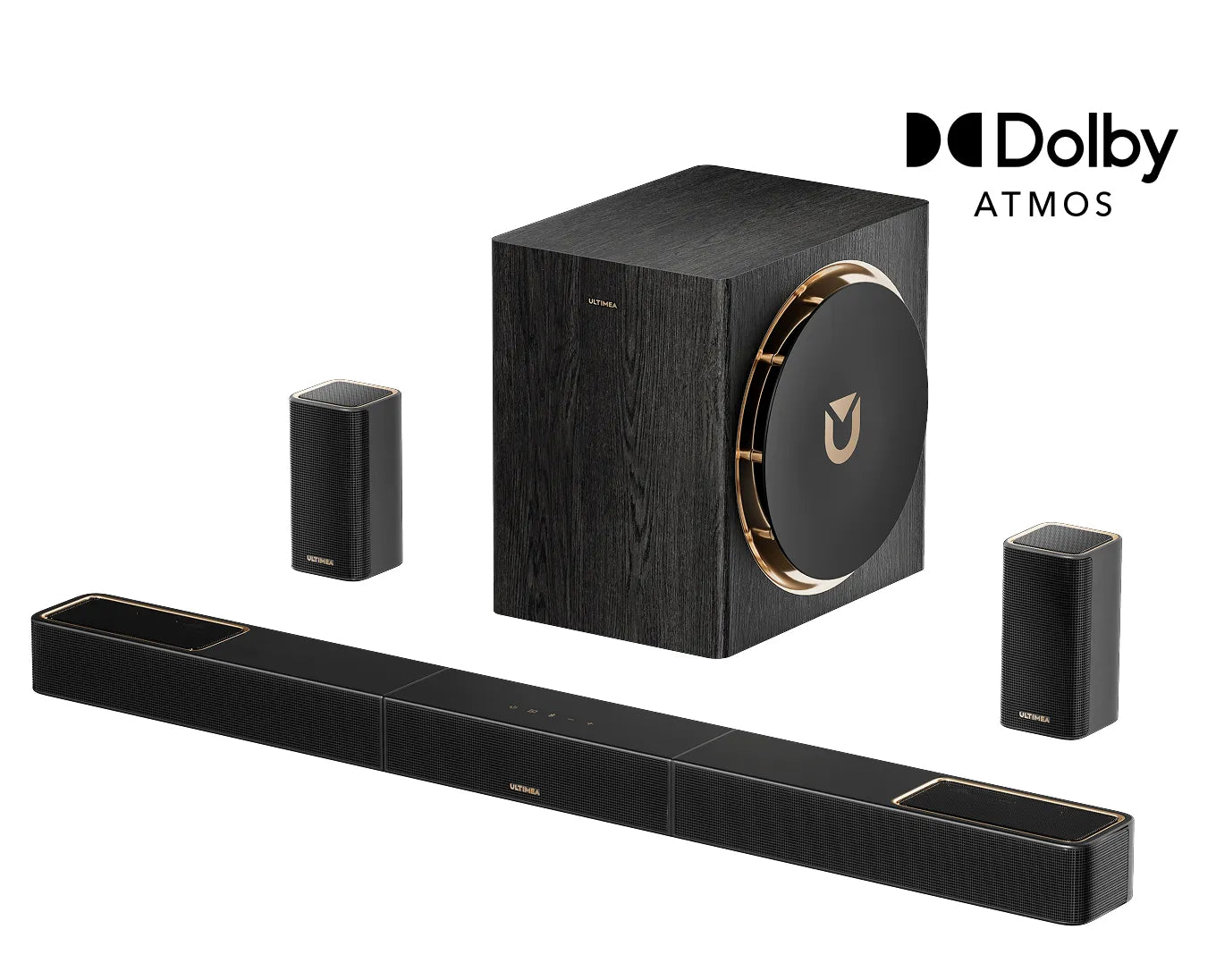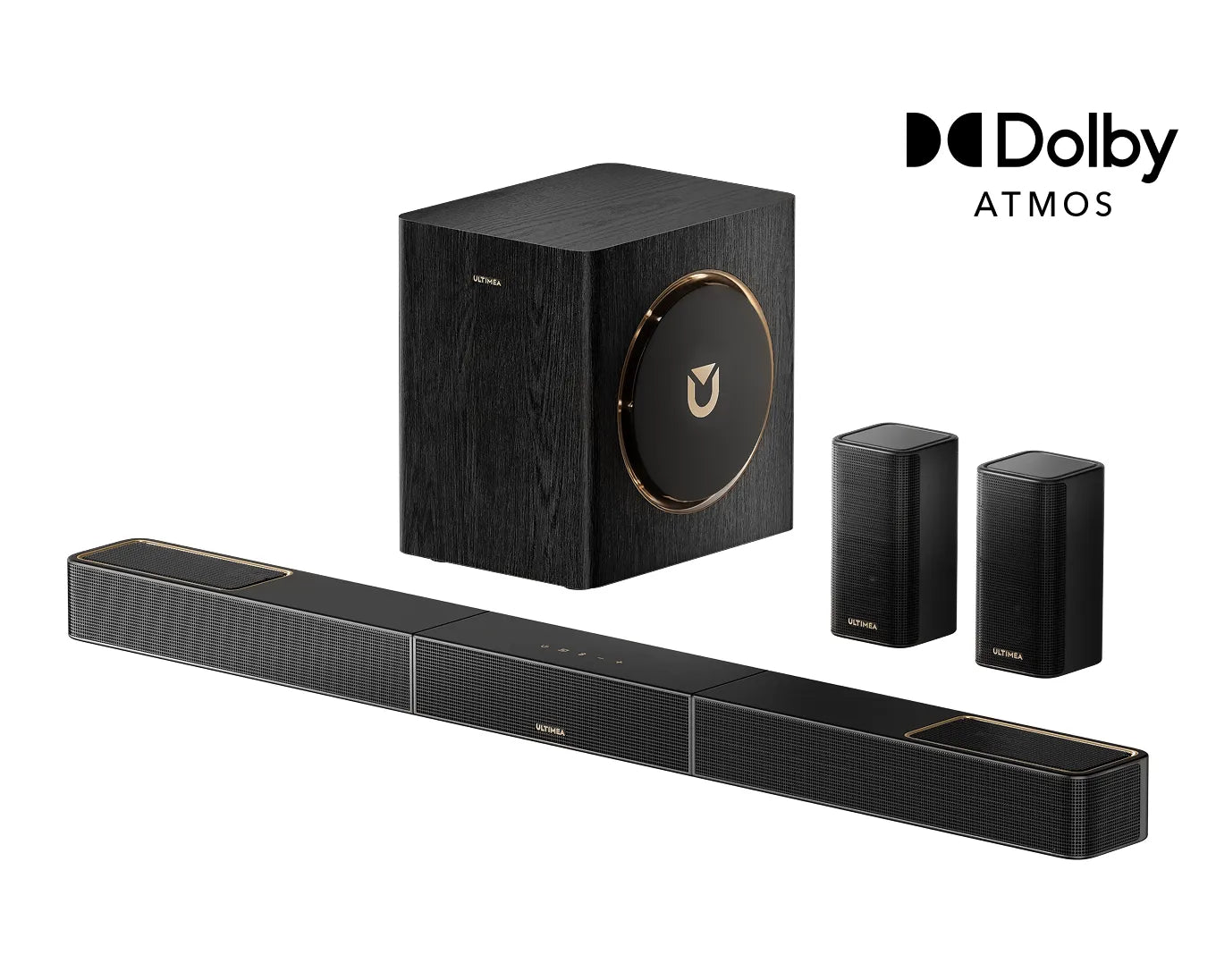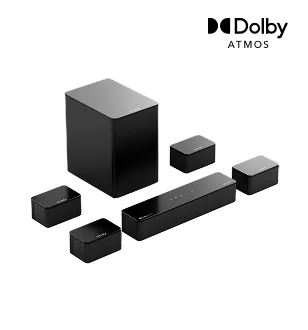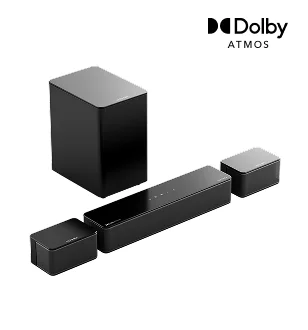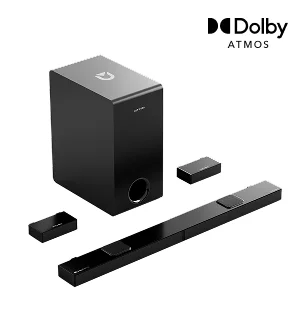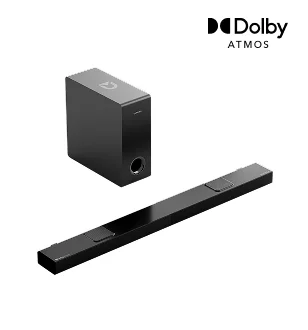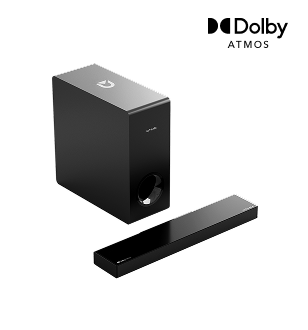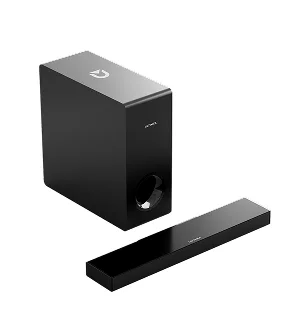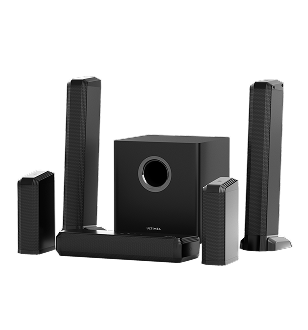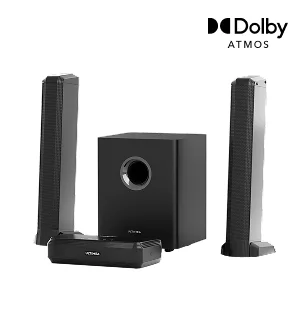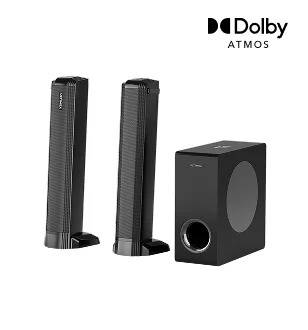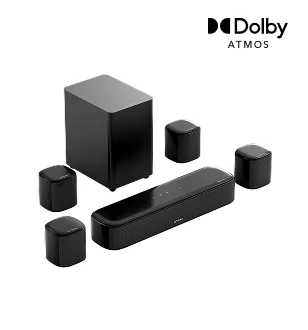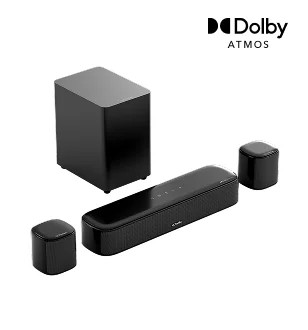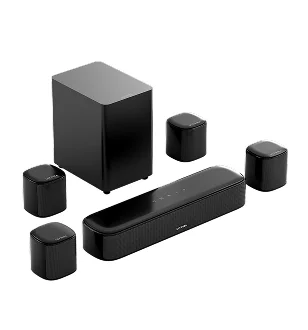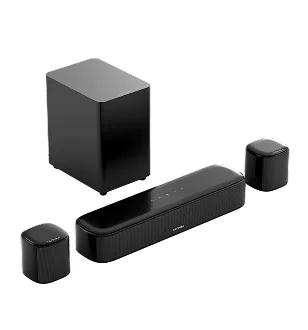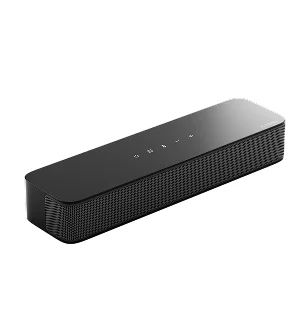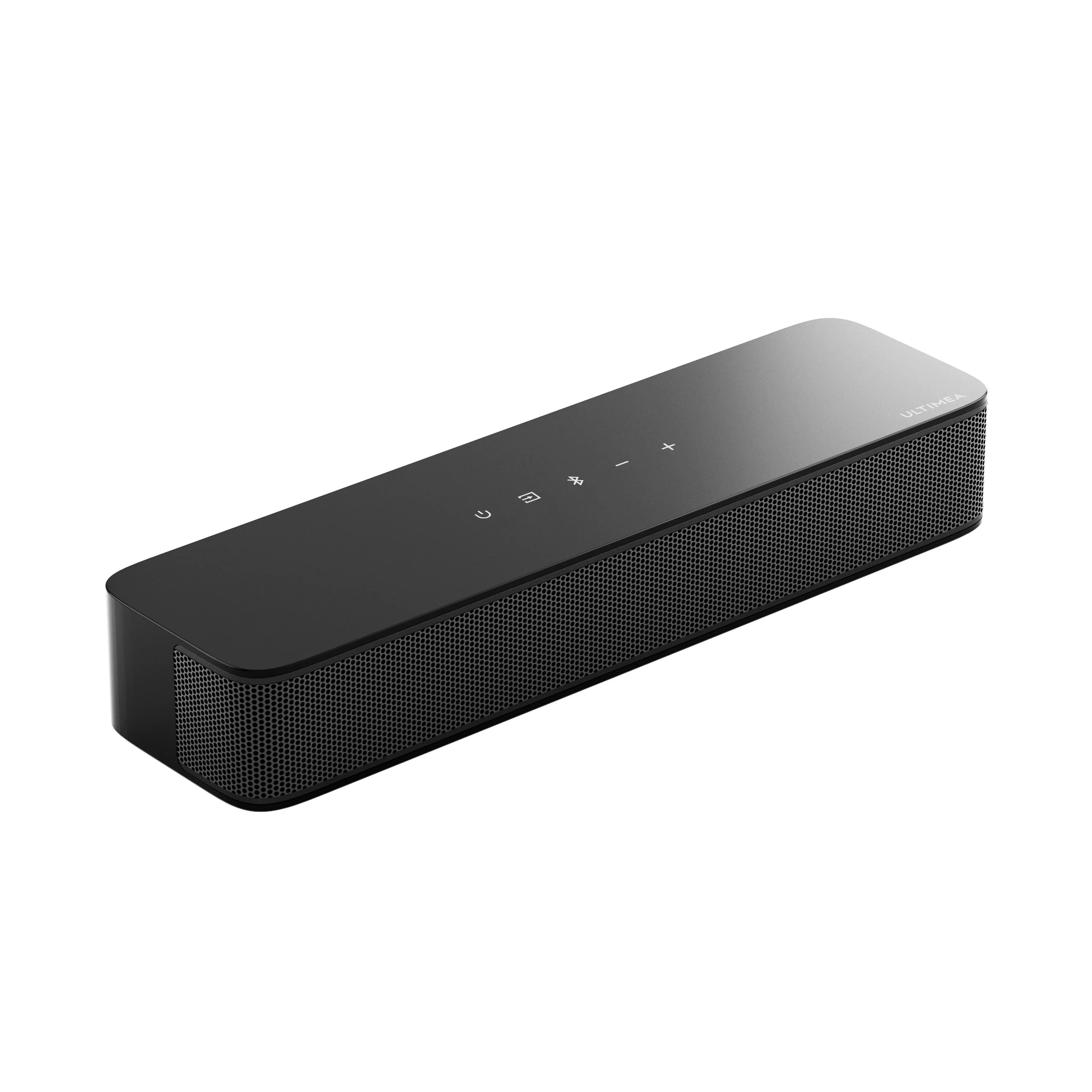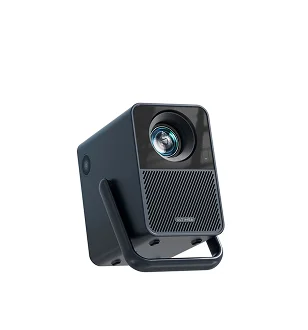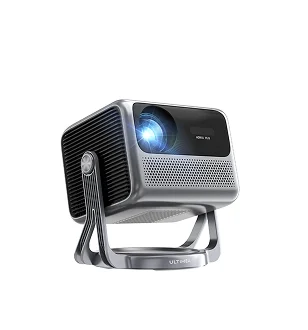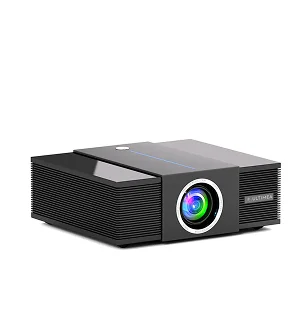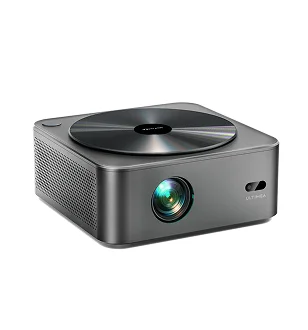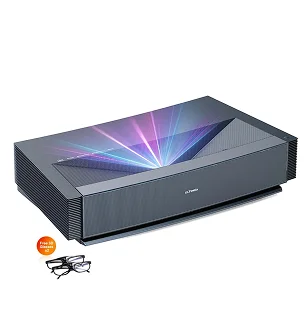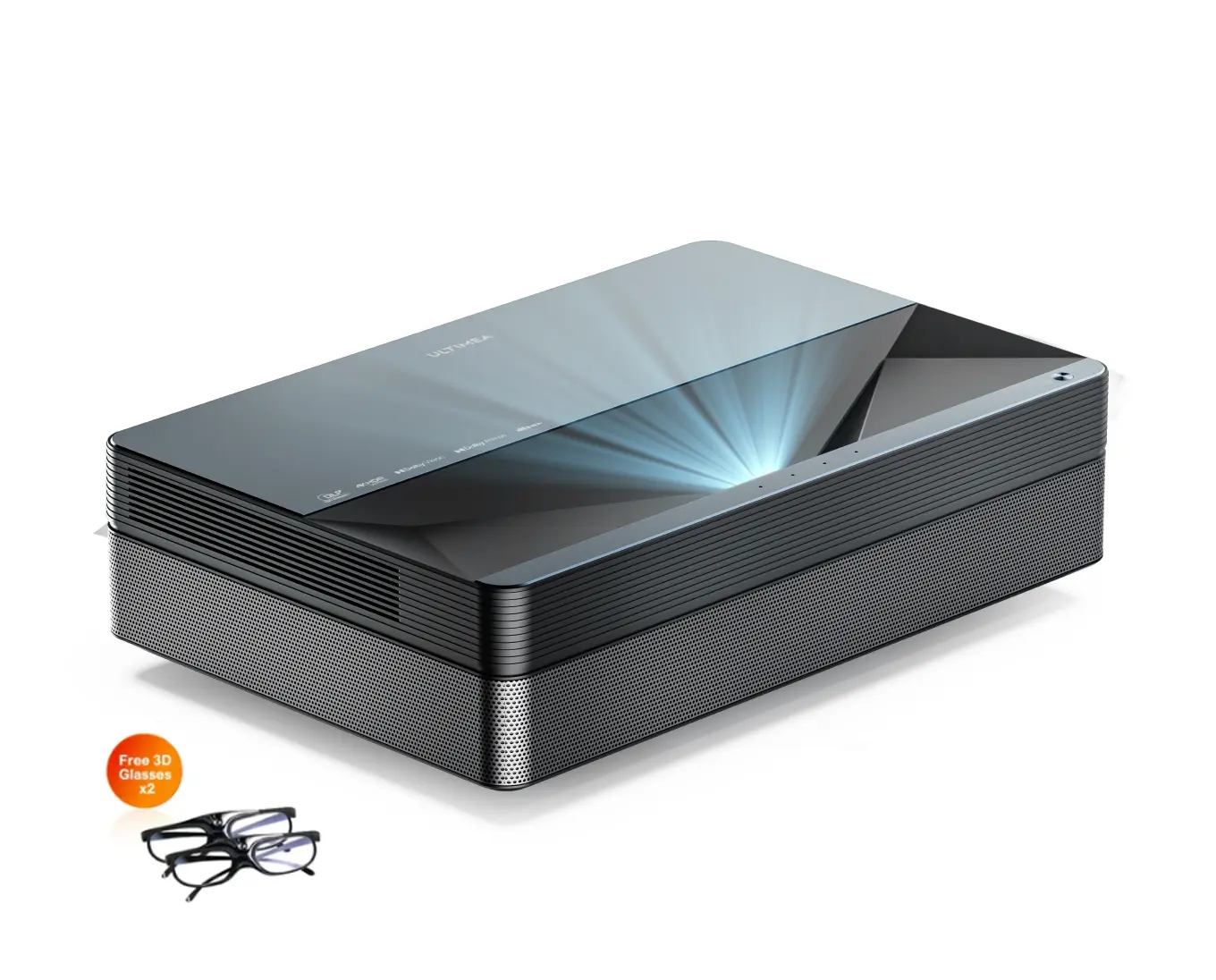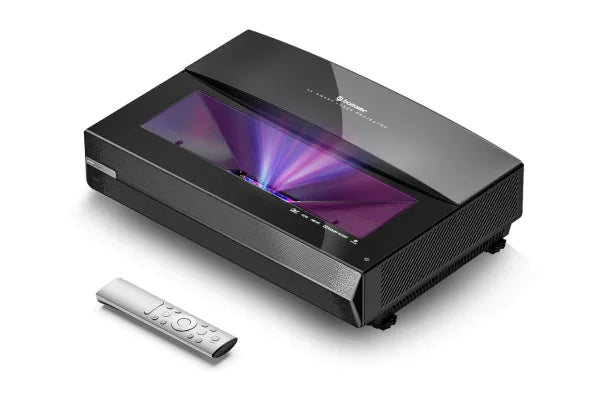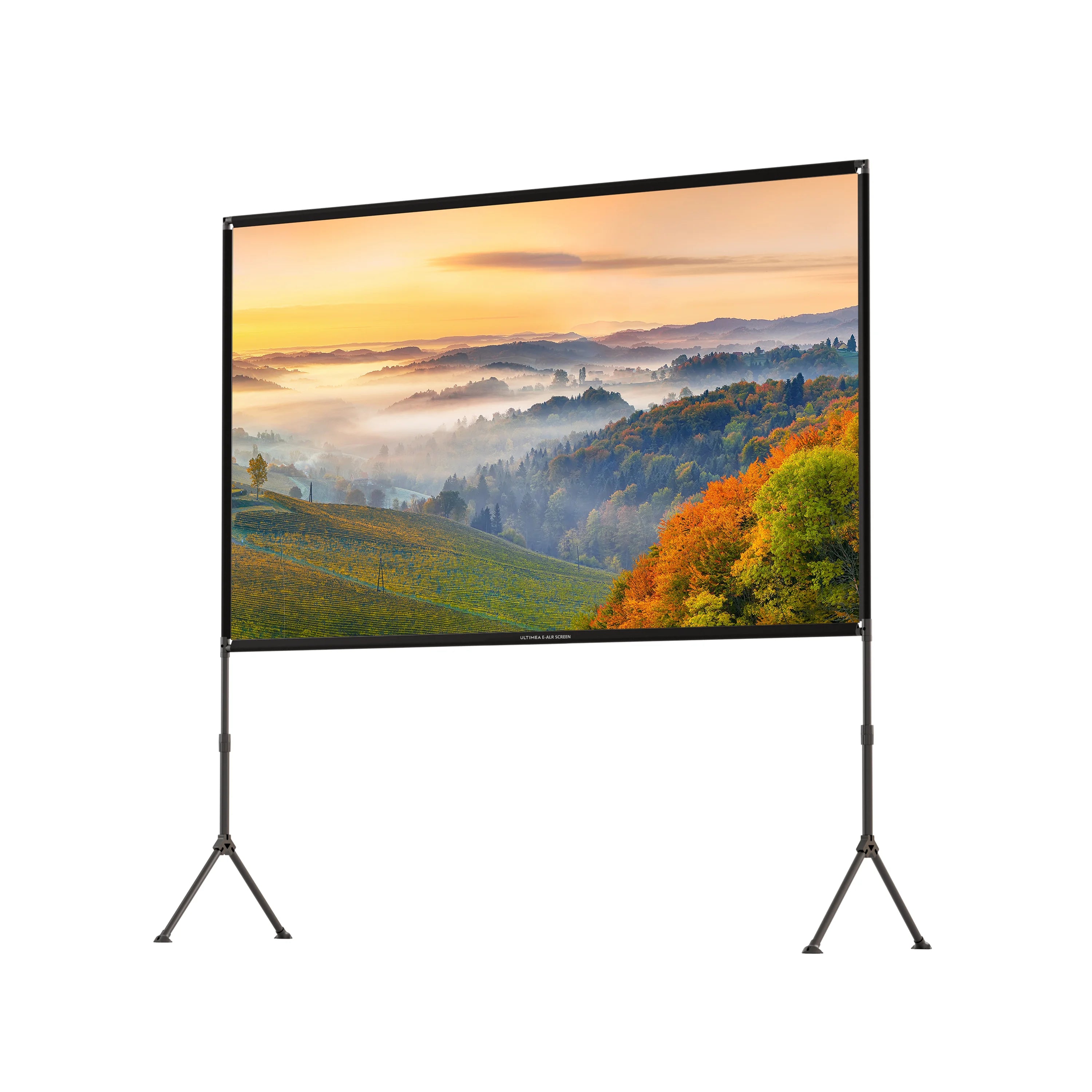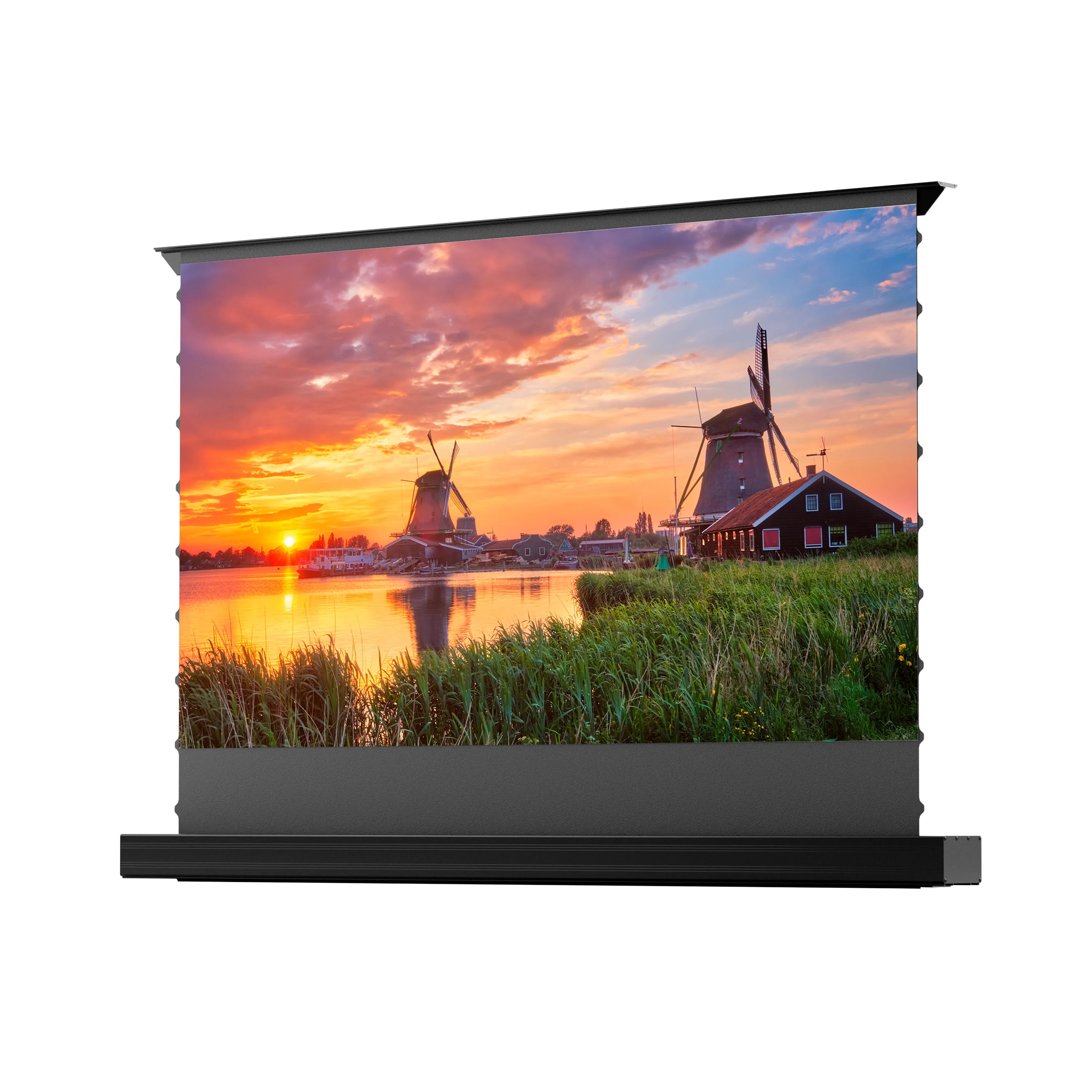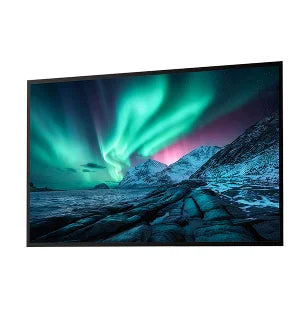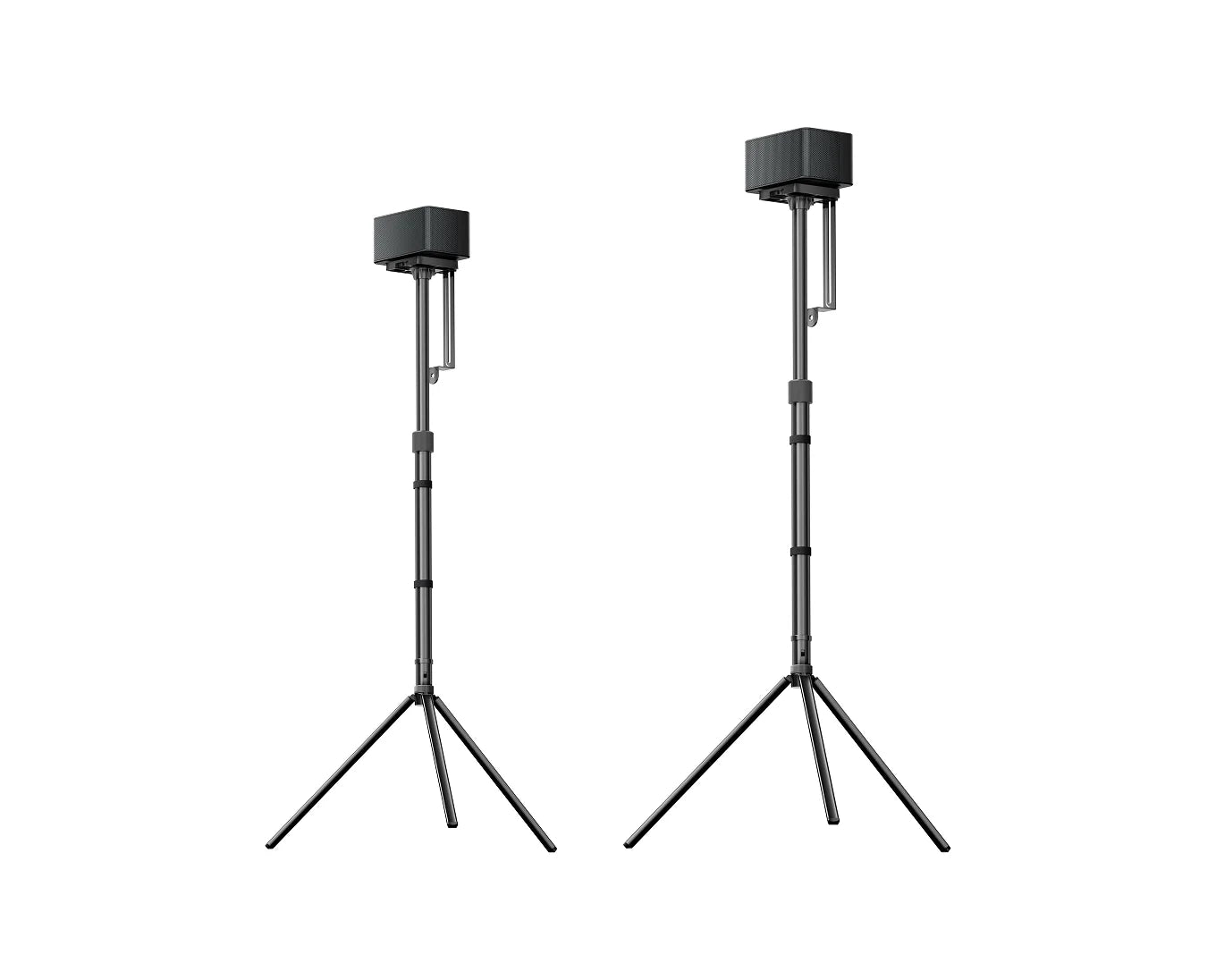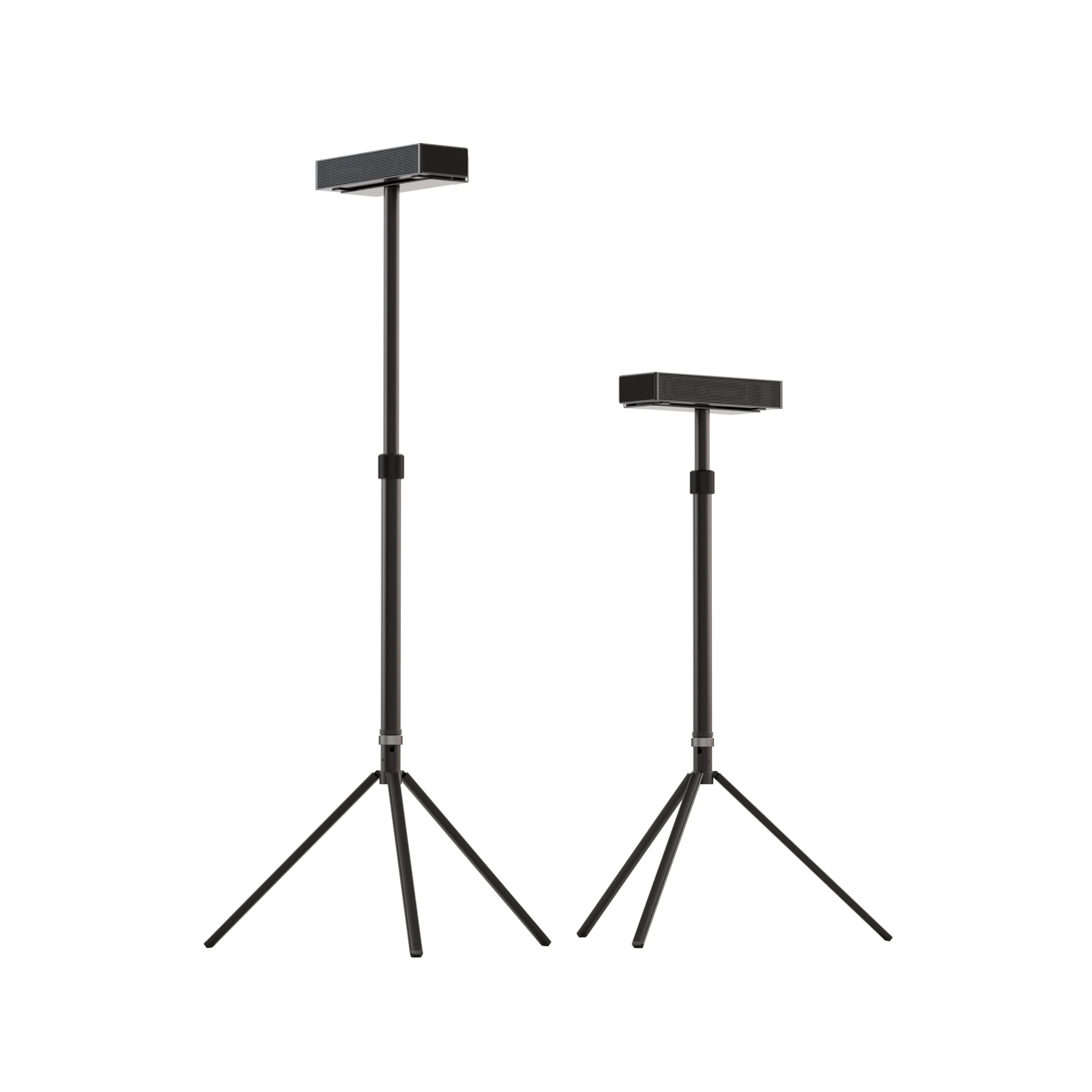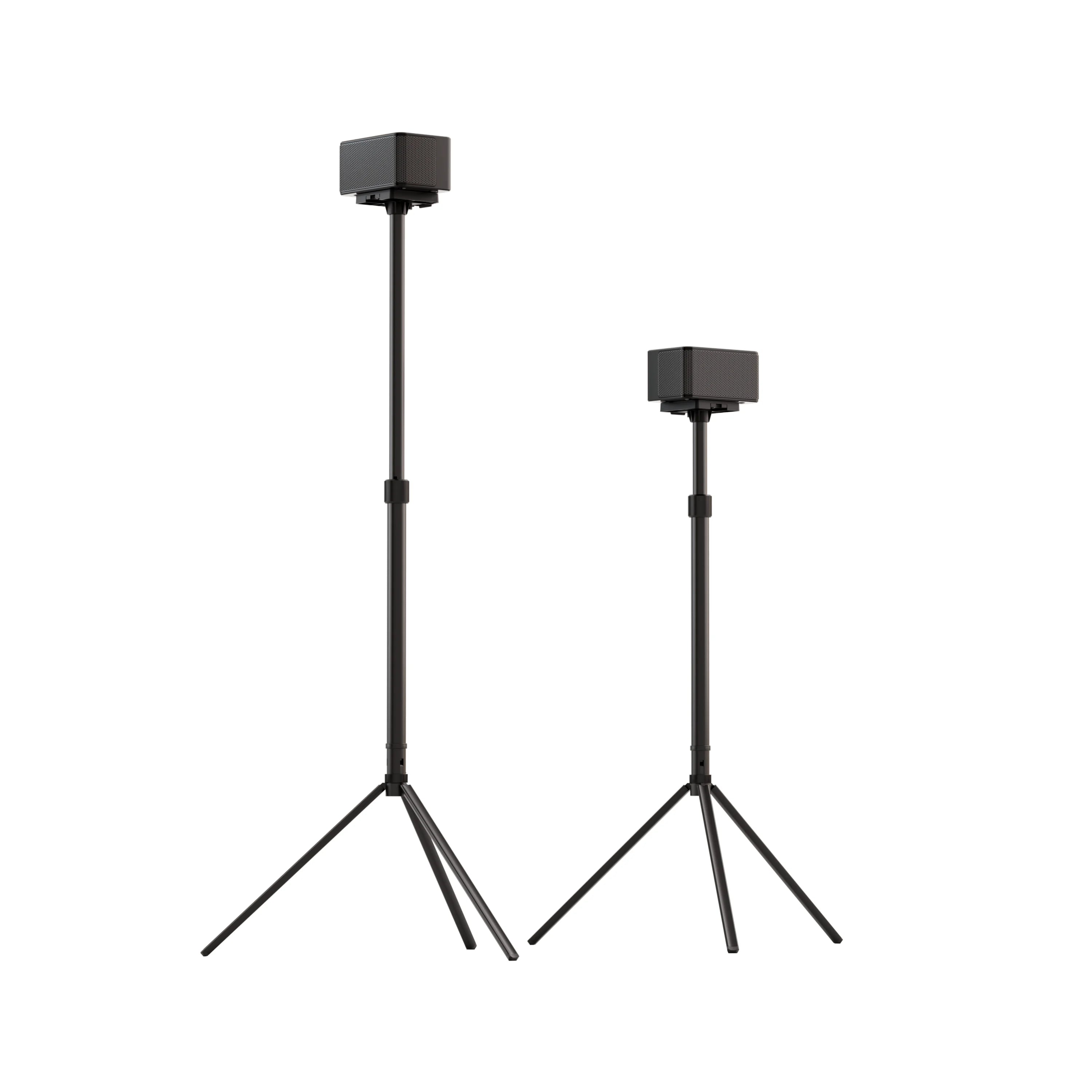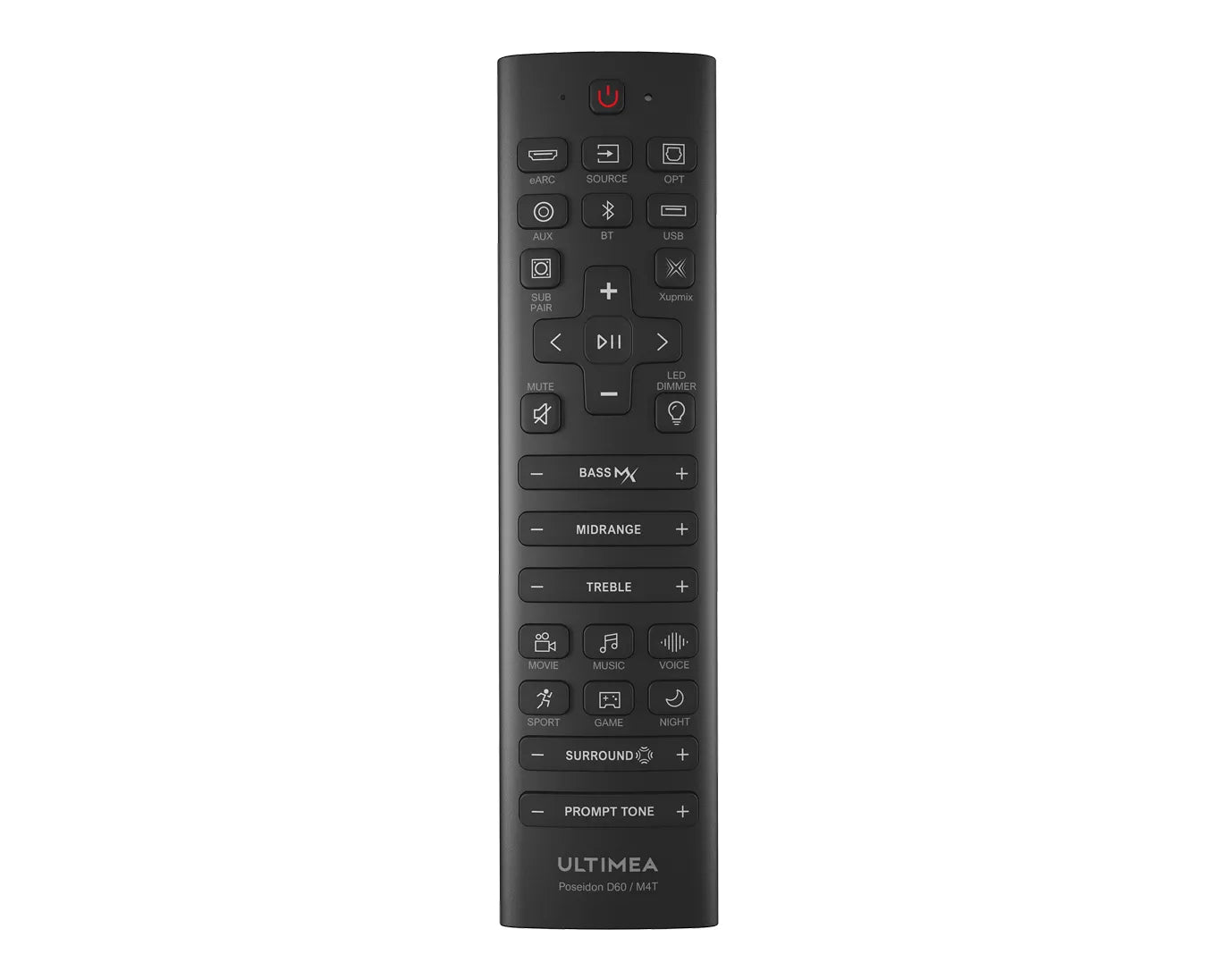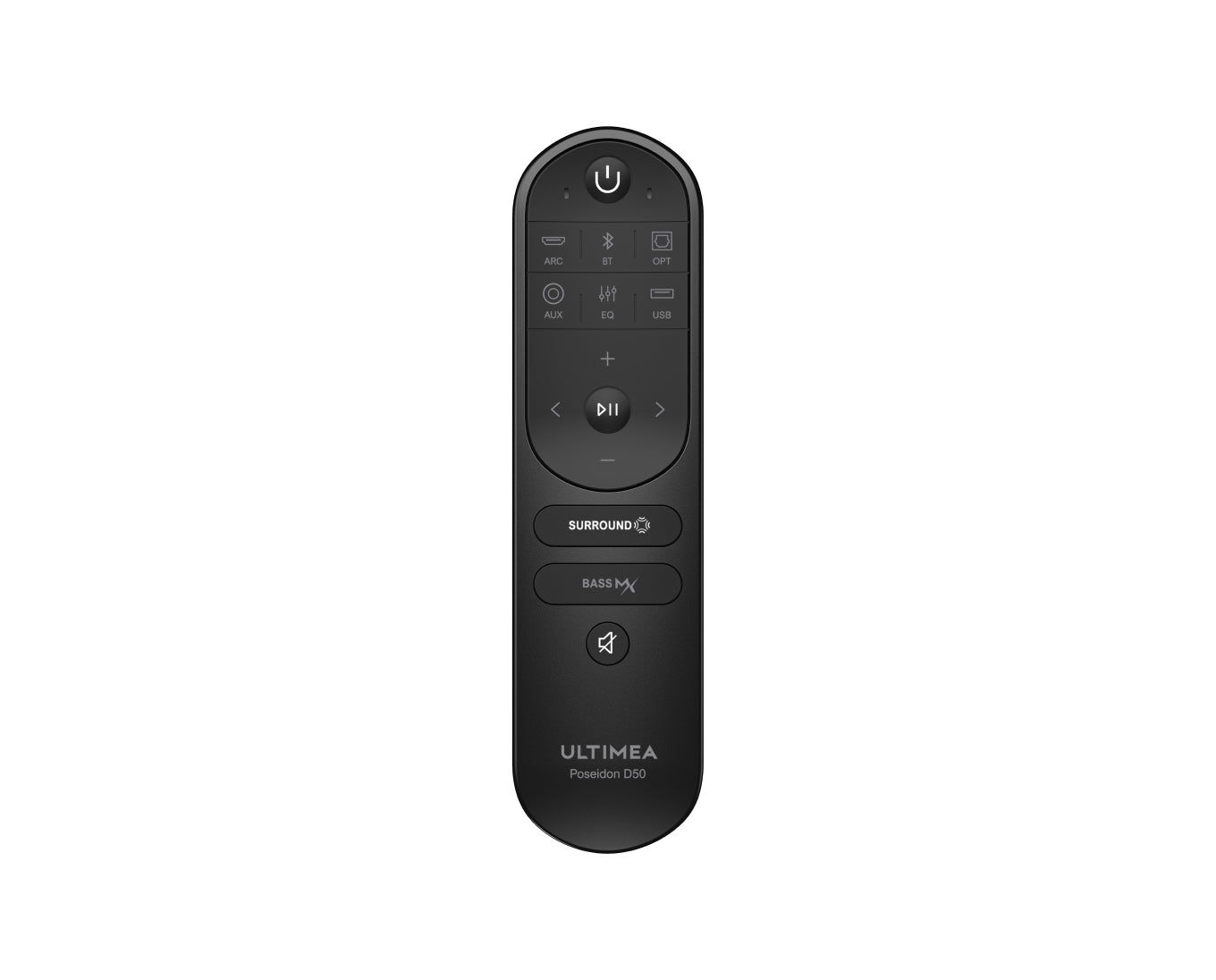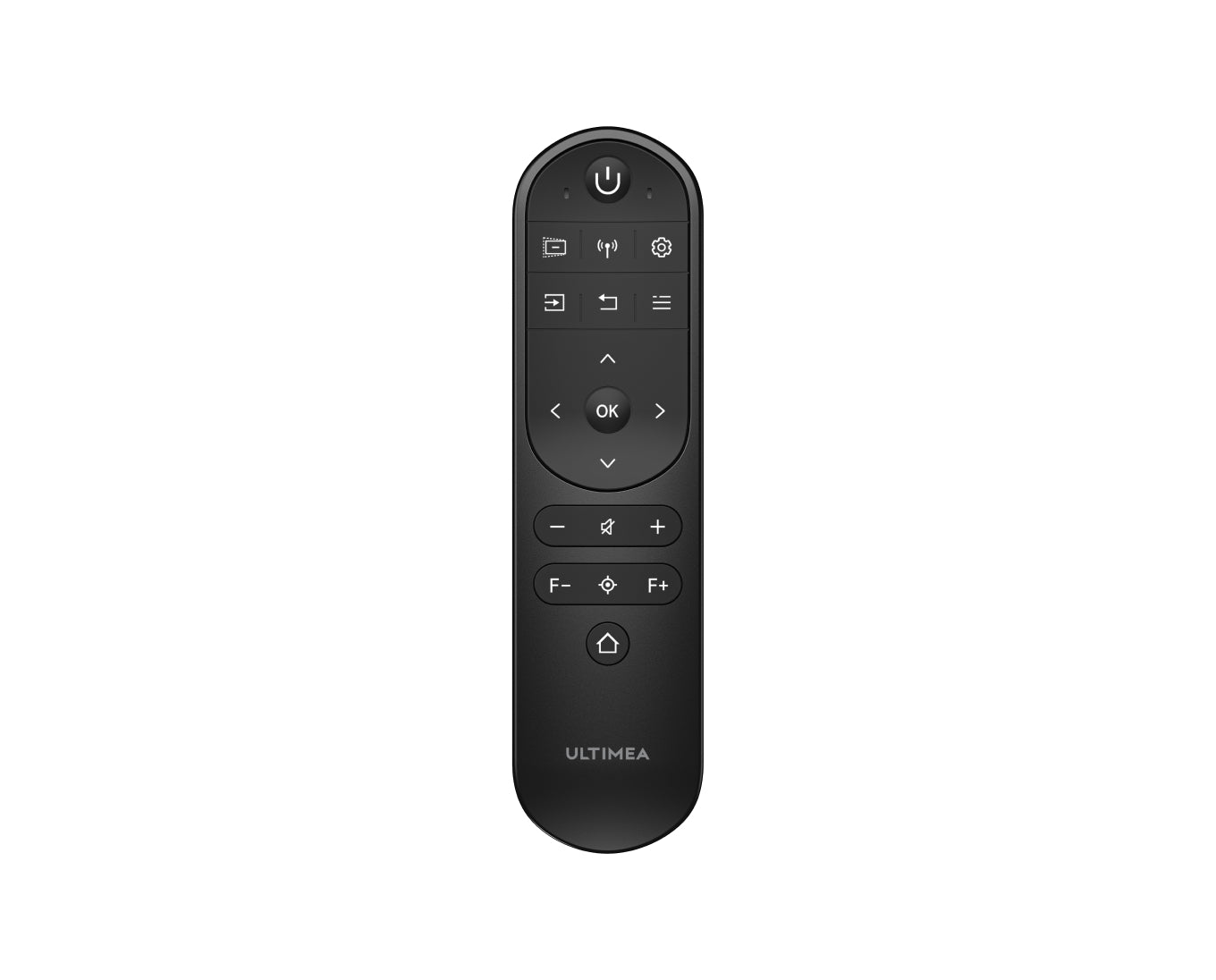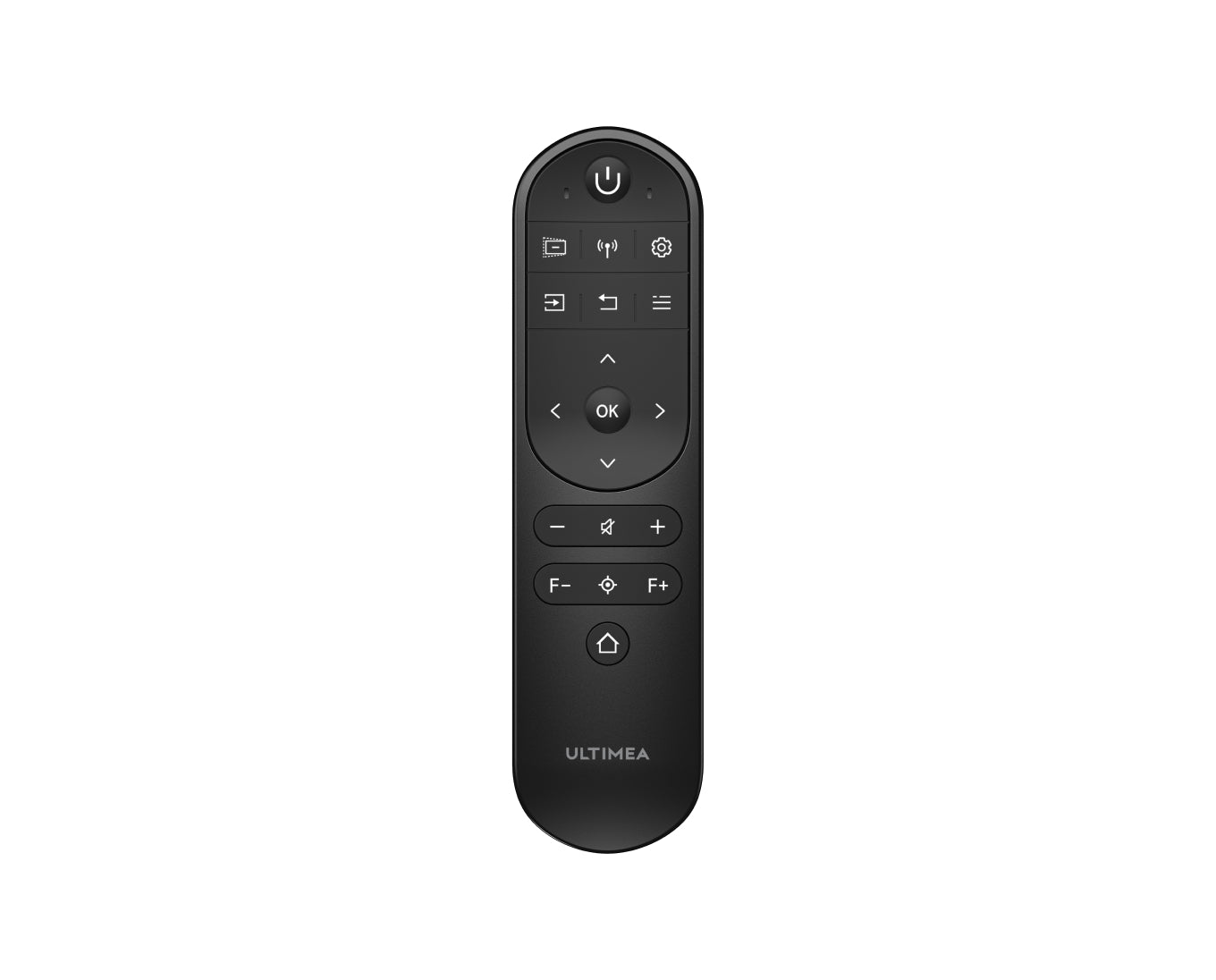If you’ve ever shopped for a new TV, monitor, or projector, you’ve probably seen “contrast ratio” mentioned—but what does it really mean, and why does it matter? Let’s break it down in simple terms.
What Is Contrast Ratio?
Contrast ratio is the difference between the darkest black and the brightest white a screen can display. You’ll usually see it written like “1000:1” or “3000:1.” A higher number means the screen can show darker blacks and brighter whites, which makes images look more lifelike.
Think of it like this: the bigger the gap between dark and light, the more your screen can show details in shadows and highlights.
How Contrast Ratio Affects What You See
-
Clearer Details – On a high-contrast screen, you can see textures in dark areas and subtle highlights without them blending together. On low-contrast screens, shadows can look gray, and bright areas can appear washed out.
-
Better Colors – Higher contrast helps colors pop naturally. Low contrast can make your screen look flat and dull.
-
More Impactful Images – High contrast makes movies, games, and photos feel more “real.” HDR content especially benefits from a strong contrast ratio.
-
Less Eye Strain – The right contrast can make long viewing sessions more comfortable. Too little or too much contrast can tire your eyes.
Different Types of Contrast Ratio
-
Native Contrast: The natural ability of the screen itself (especially for LCDs).
-
Dynamic Contrast: Adjusts the backlight to make blacks darker or whites brighter, but sometimes loses detail in certain areas.
Contrast Ratio and Screen Technology
-
OLED: Almost infinite contrast, because each pixel lights up independently and can turn completely off for true black.
-
LCD/LED: Lower contrast because it relies on a backlight (usually around 1000:1~3000:1).
-
Mini-LED/MicroLED: Better contrast than standard LCDs thanks to multiple backlight zones, sometimes close to OLED quality.
Why Contrast Ratio Makes Such a Big Difference
-
Our Eyes Love Contrast – Human vision is highly sensitive to brightness differences. High contrast makes images easier to see and more engaging.
-
Brightness Conveys Information – Around 70% of what we “see” comes from light and dark differences, not color.
-
Depth and Realism – Strong contrast helps your brain perceive depth and space, making images feel 3D.
-
Wider Dynamic Range – High contrast screens can show bright sunlight and deep shadows at the same time, just like in real life.
Choosing the Right Contrast for Your Use
-
Movies and Gaming: Go for high-contrast screens like OLED or Mini-LED with local dimming for the most immersive experience.
-
Everyday Work: Standard LCD screens (around 300:1~1000:1) are enough for browsing, office work, and casual use.
-
Professional Design or Photography: Choose professional-grade monitors with accurate contrast to see every detail.
Bottom Line
Contrast ratio might sound technical, but it’s one of the most important factors that decide how good your screen looks. It affects clarity, color richness, and realism. When picking a screen, consider contrast along with resolution and refresh rate. If you want the best possible picture, don’t skimp on contrast—it makes everything look more alive.
